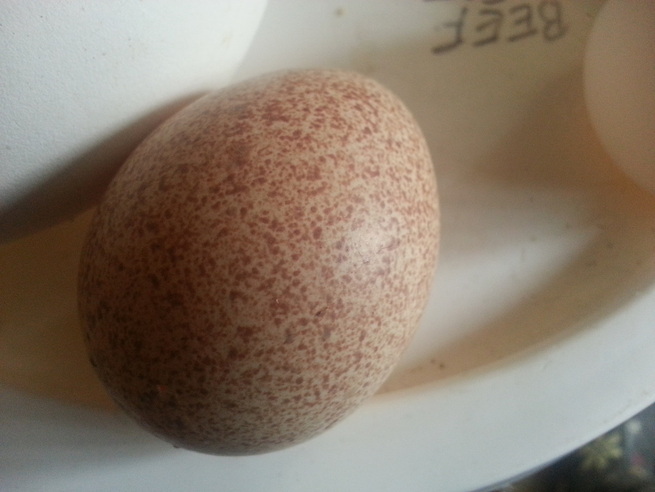
The incubators are not mine, but belong to two different friends. I am splitting the hatch with one friend and the other gets his pick of the birds, so it is a win win situation for me and for them. About 40 mixed duck eggs, Rouen, Saxony, Ancona and Khaki Campbell, plus Muscovy, and 15 Standard Bronze turkey eggs, 18 mixed geese, Tufted Toulouse/Embden/Pomeranian, and chicken, Ameraucana/Partridge and white Chantecler and a few others plus bantams are all in the incubator with the chicks due on April 26 and the waterfowl on May 3 and 5. Muscovy ducks take the longest to hatch, followed by the geese then ducks and chicks the shortest, at 21 days. Some of the hatch has been presold already. About the same time, or a bit later, the farm will be receiving an order from Performance Poultry with specialty birds so there will be waterfowl and chick brooders set up and ready to go. Three separate hatches will be made, with approximately 80 eggs per hatch. After that, if there is still interest, the hatch will be set by order only. Unclaimed birds will be raised and either sent to the processors or kept for layers or for sale as adult birds. In the summer the feed bill is very low because the birds free range and basically feed themselves. This year, the numbers of adult birds are too high for the small farm yard, so they will out to pasture with the sheep so the dogs can also watch over them. With the new fencing, it will be easier to pasture the birds. The fliers go where they wish anyhow, so basically it is the ducks and geese and a few of the chickens that will need supplemental grazing. The benefits of raising the birds are many from fresh pastured eggs to bug control to delicious dinners. And to think that when I began this venture three years ago, I had a terrible bird phobia and could not touch a bird, not even a newly hatched chick, let alone go in a coop. Now I can, though the odd time, I still get prickles on the back of my neck when the birds fly by my head. I actually like them now, especially the comical ducks. They are my favourites, hands down. The egg pictured is from a Standard Bronze turkey, and I even like them.

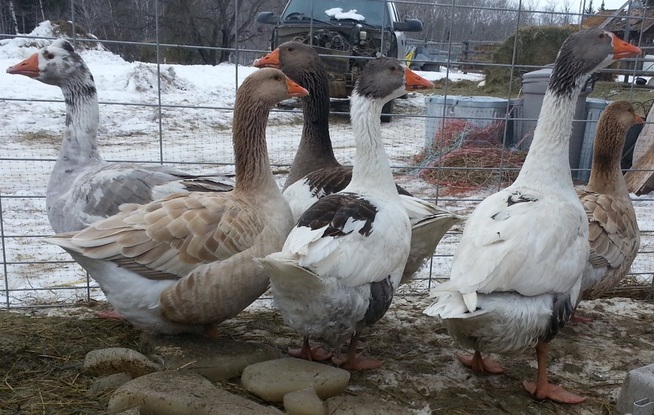
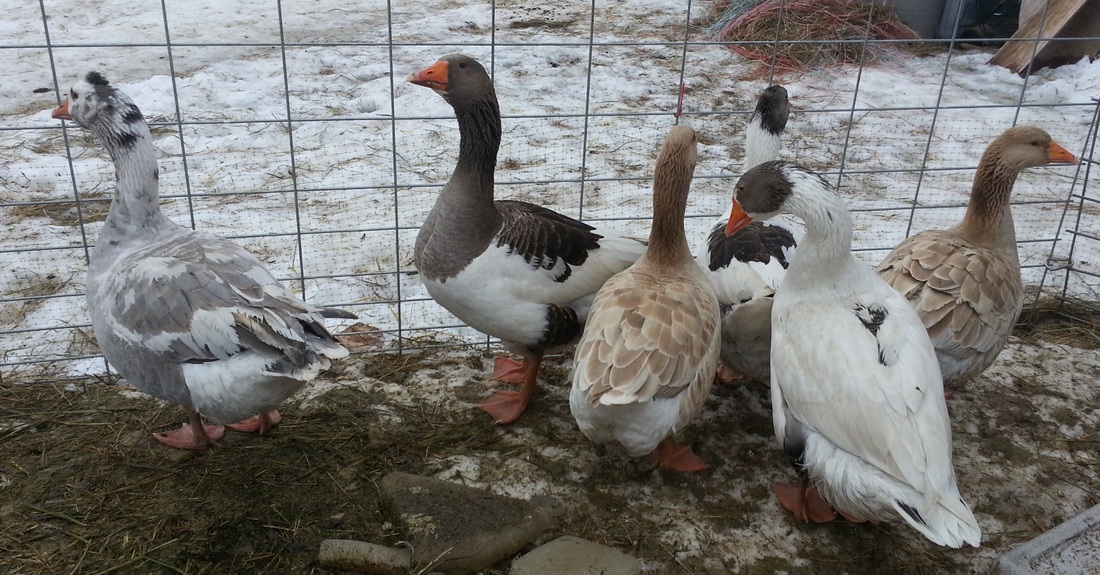
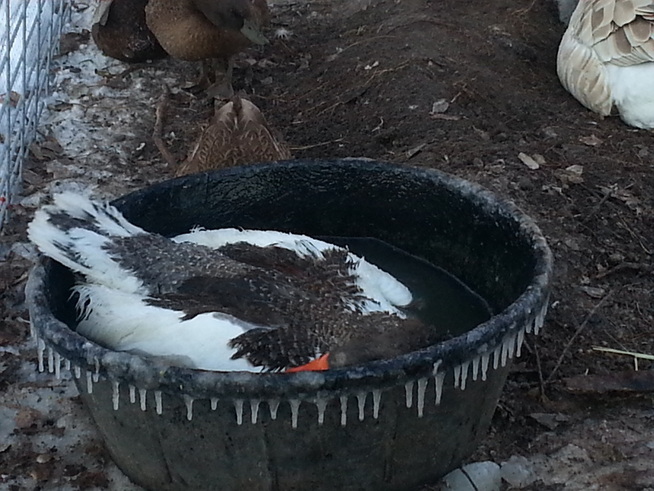
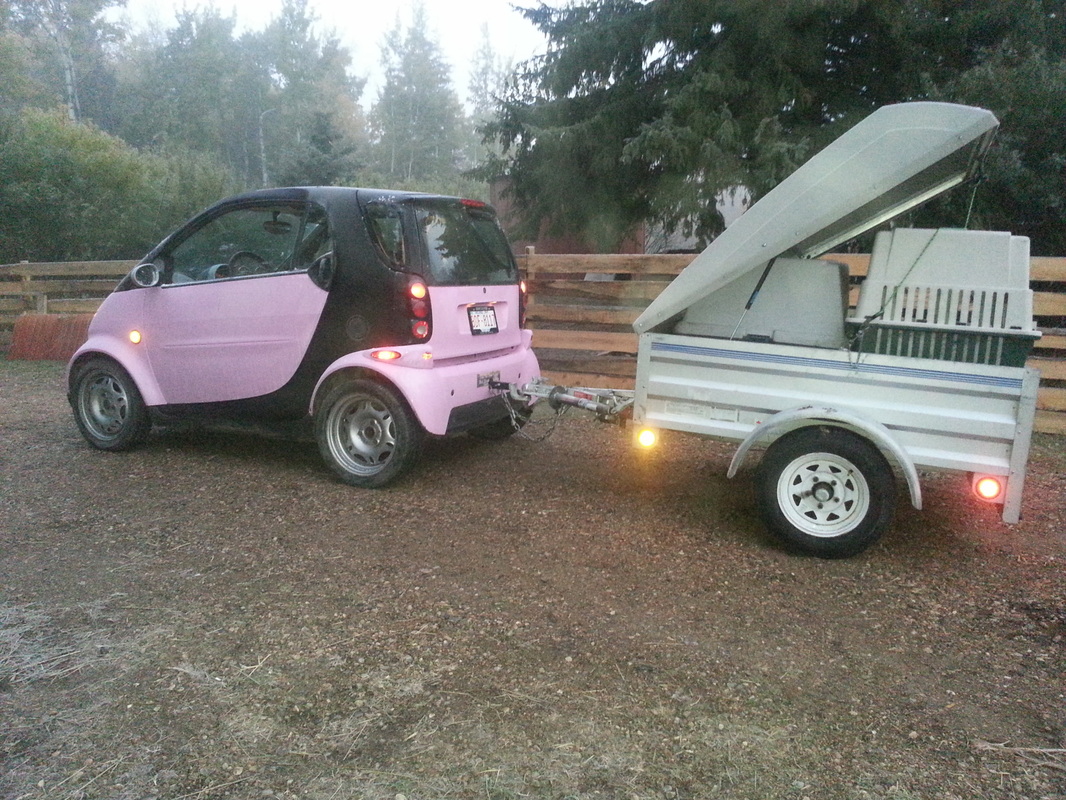
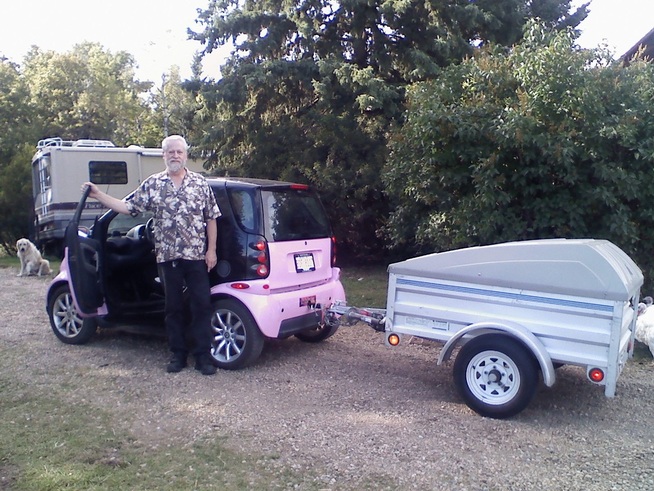
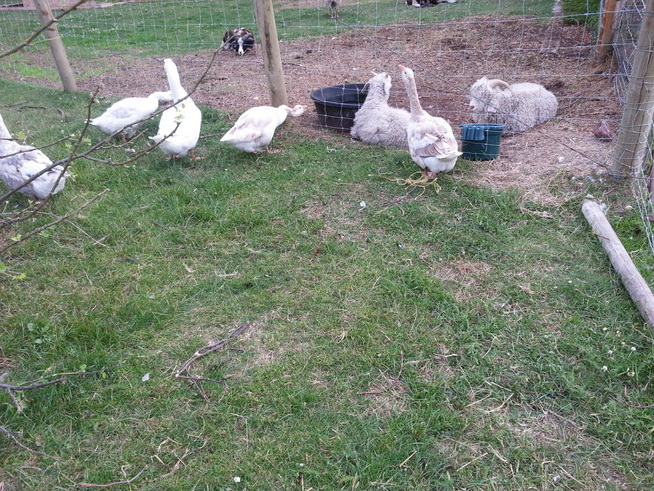
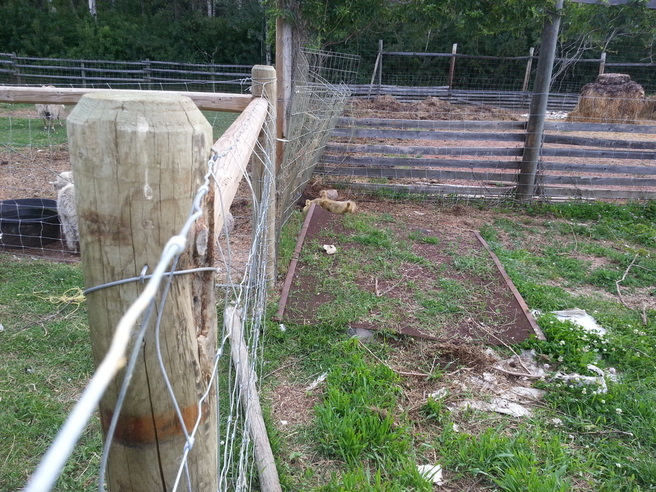
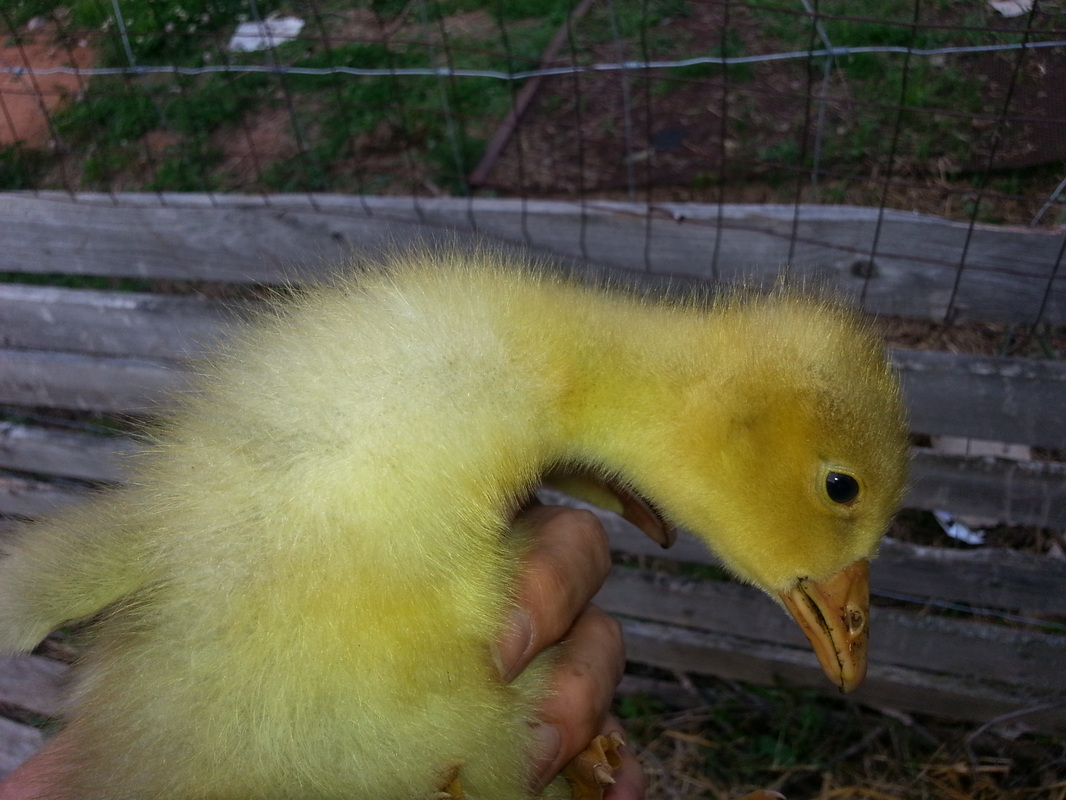
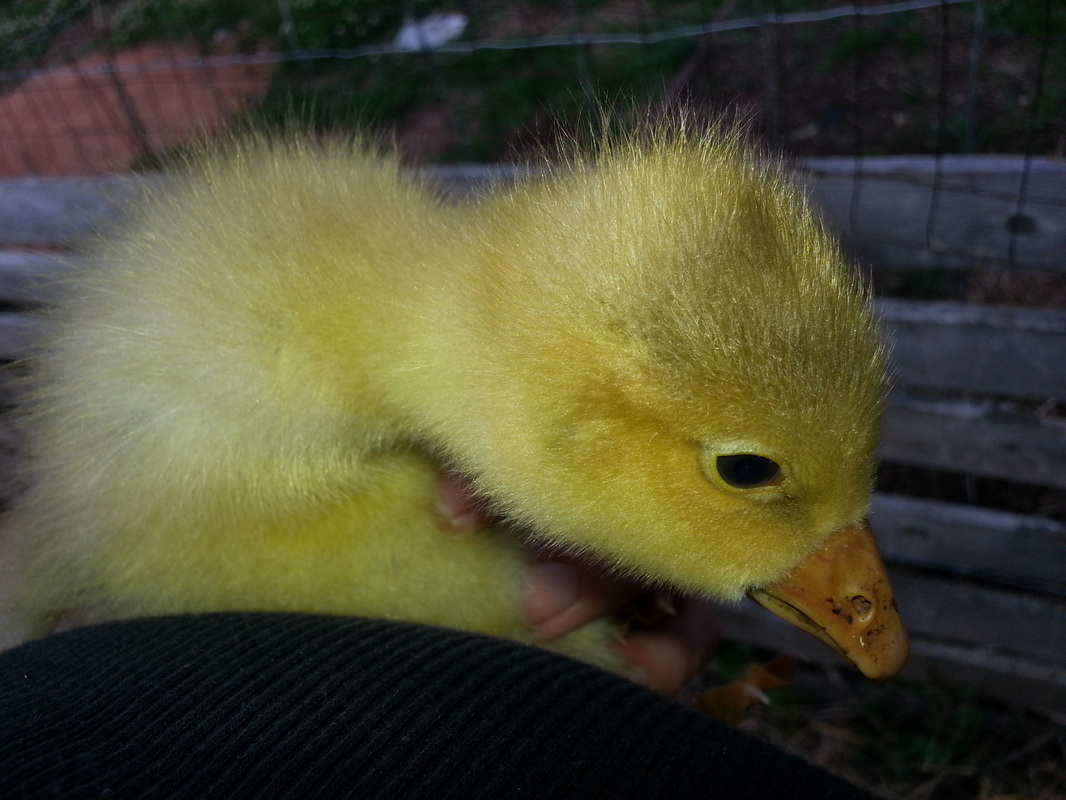
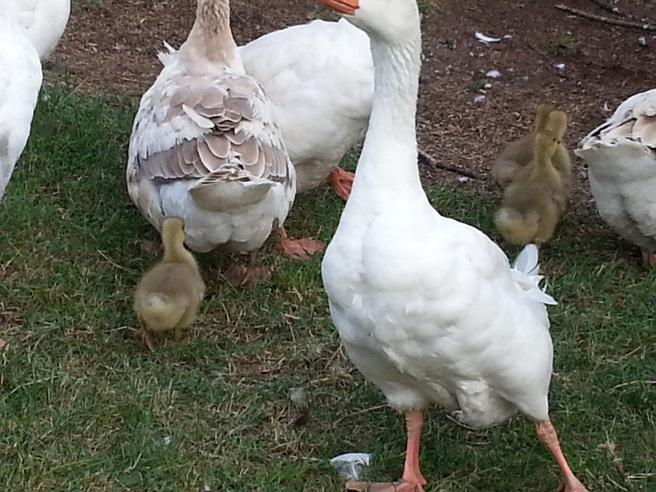
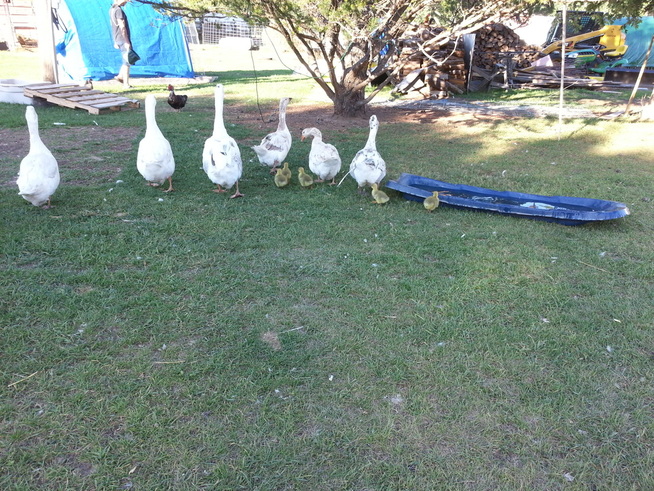
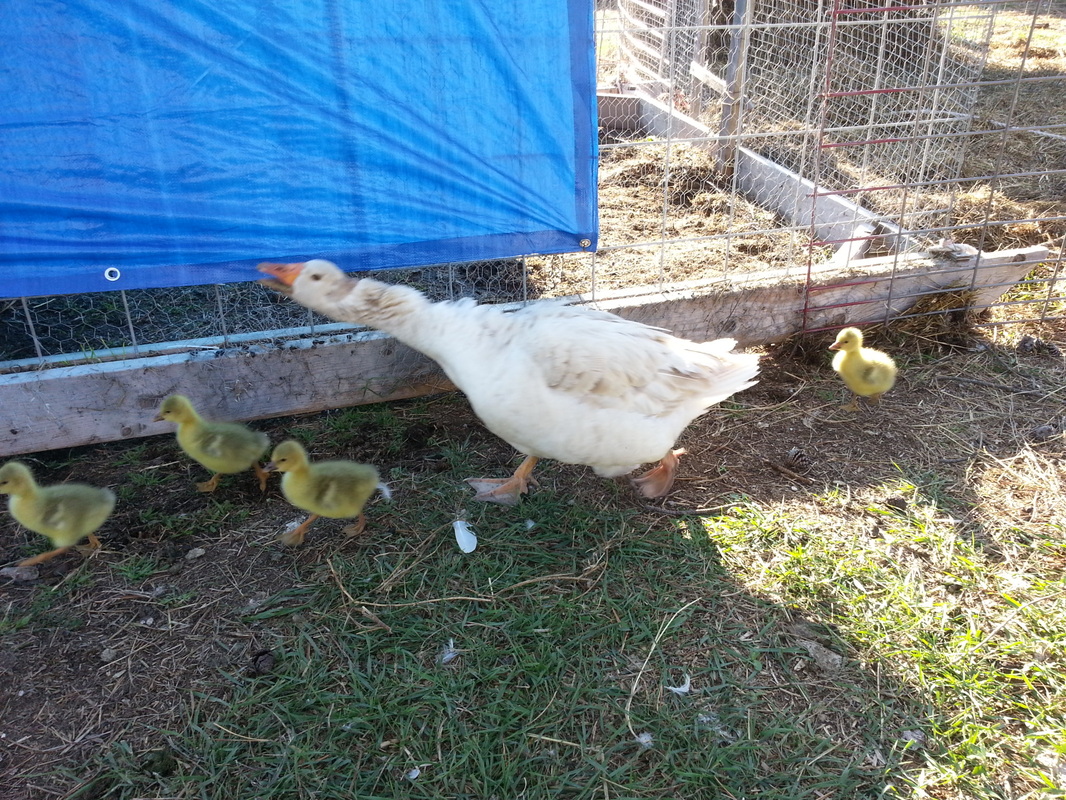
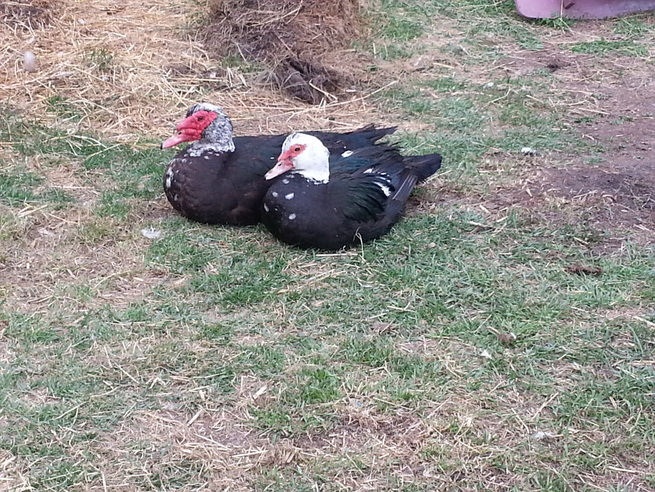
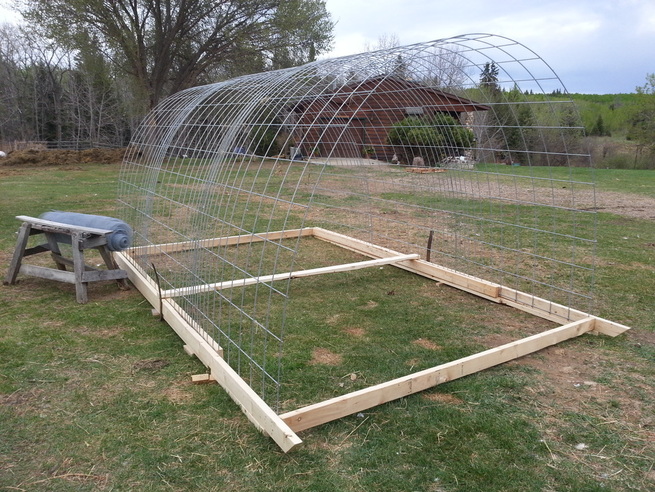
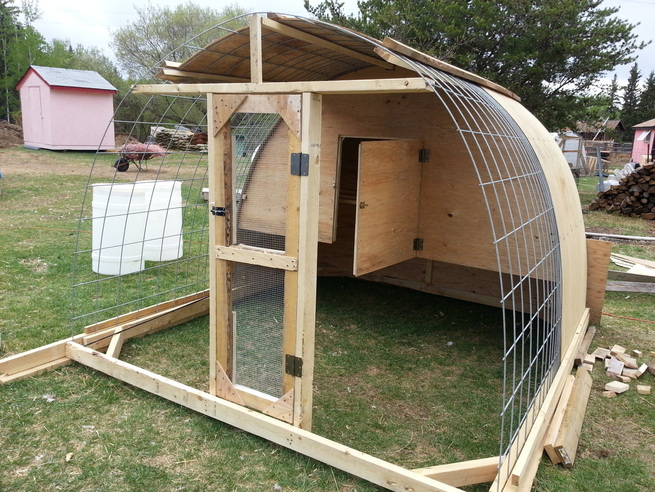
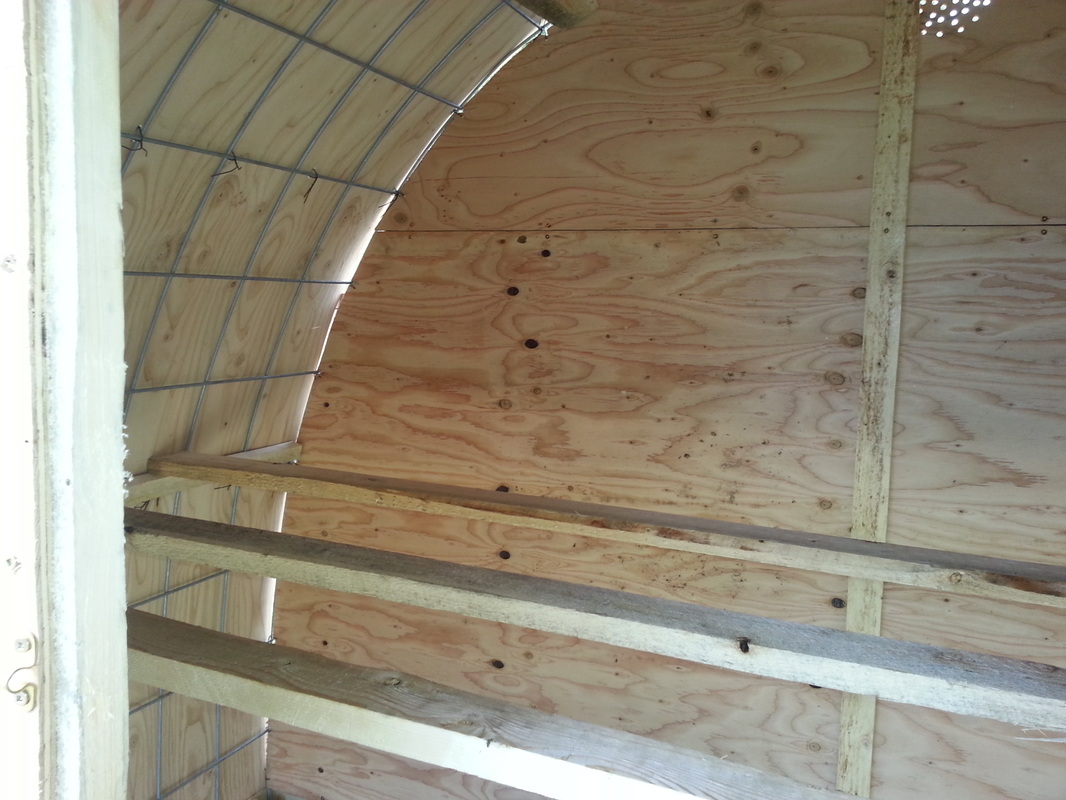
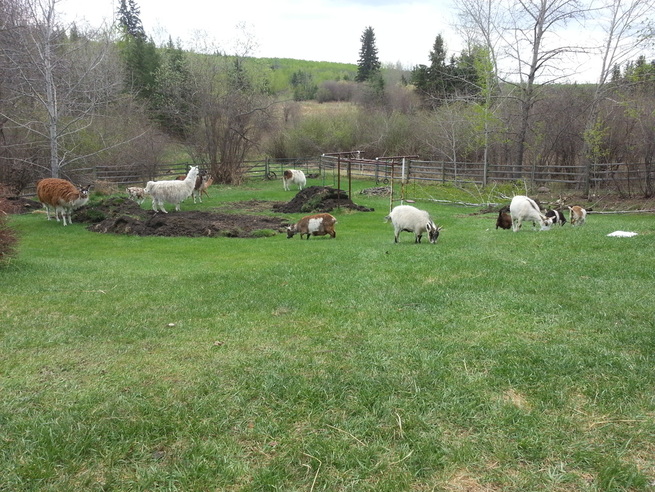
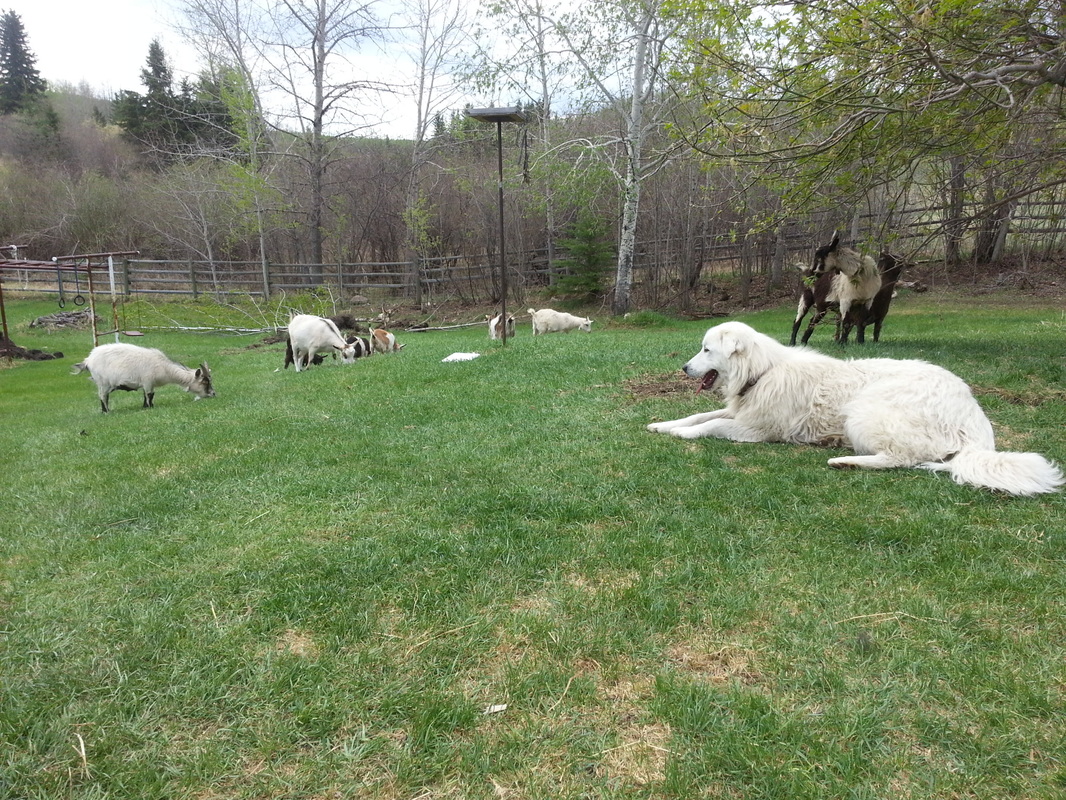
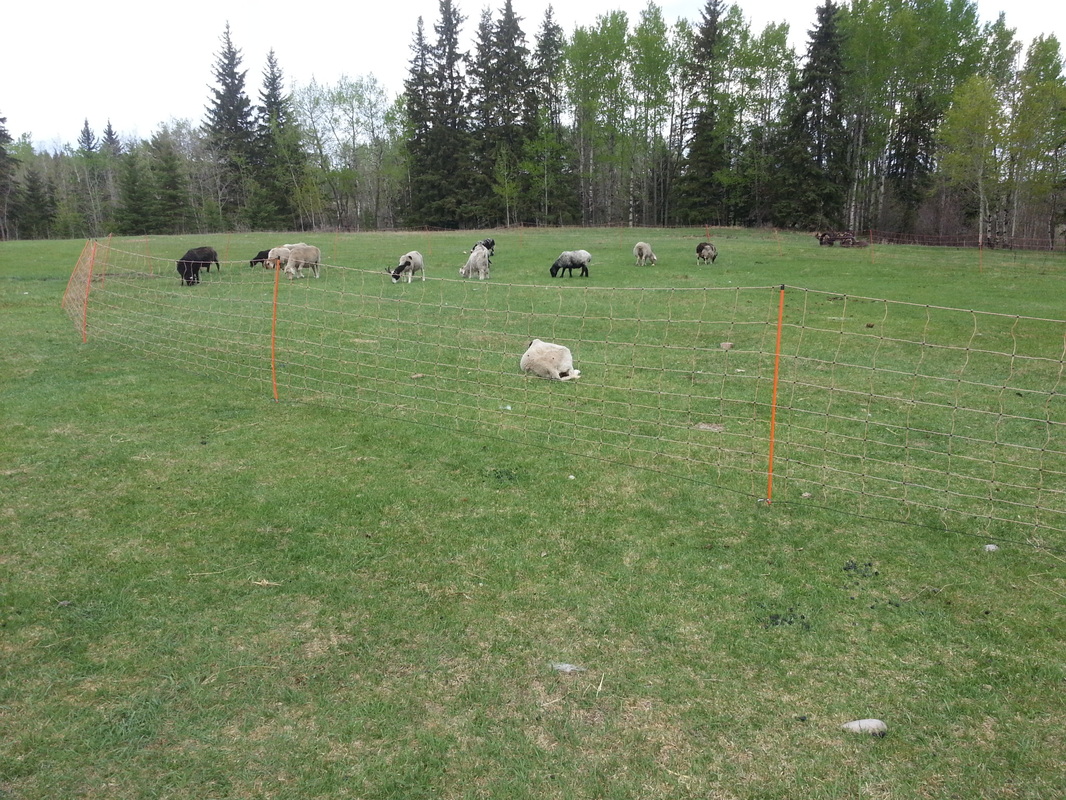
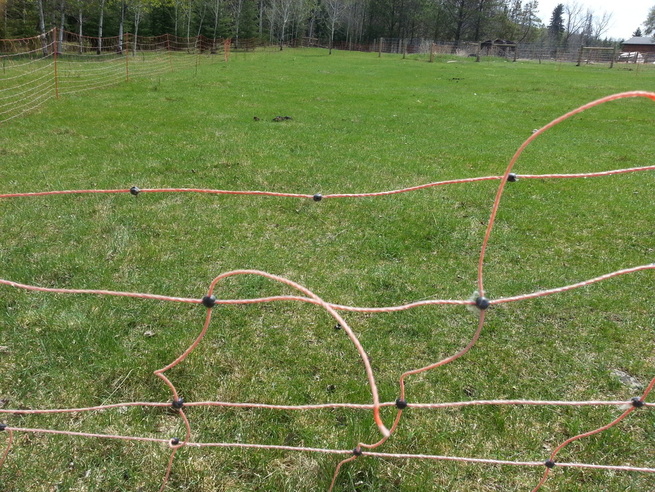
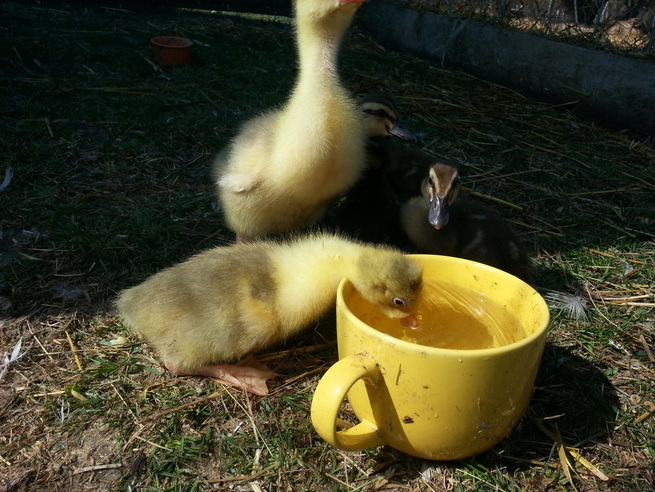
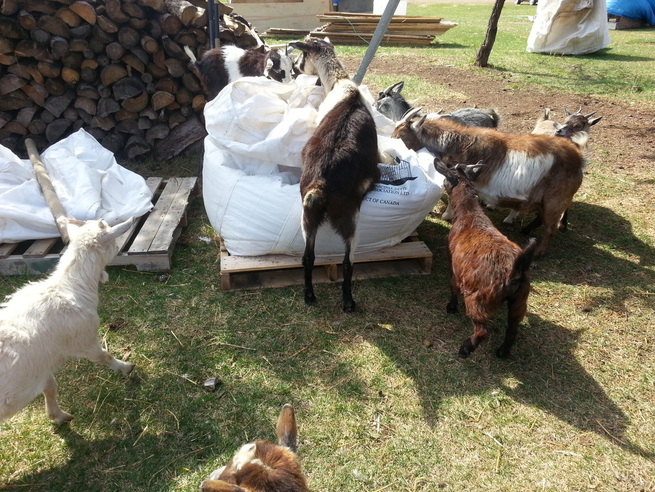
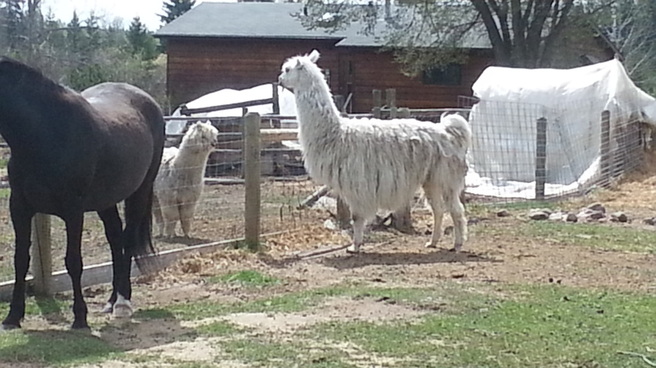
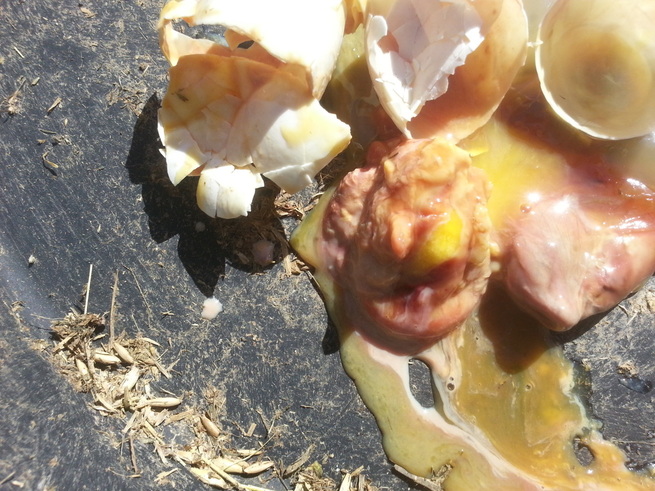
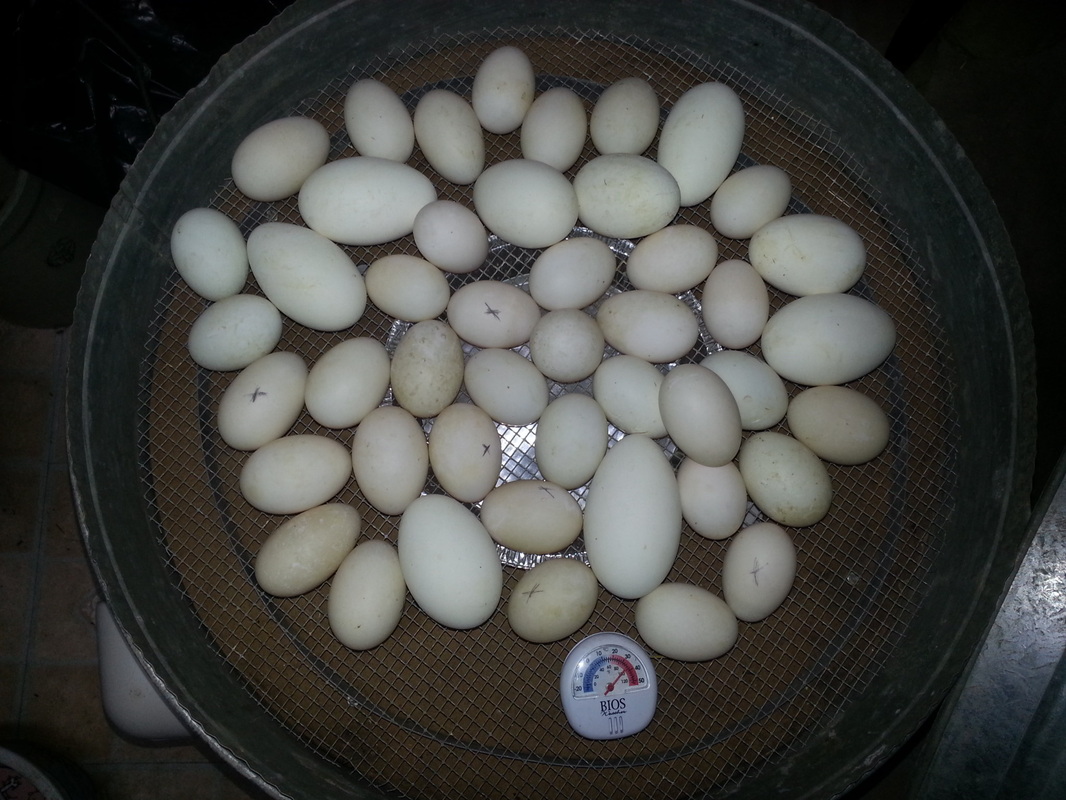
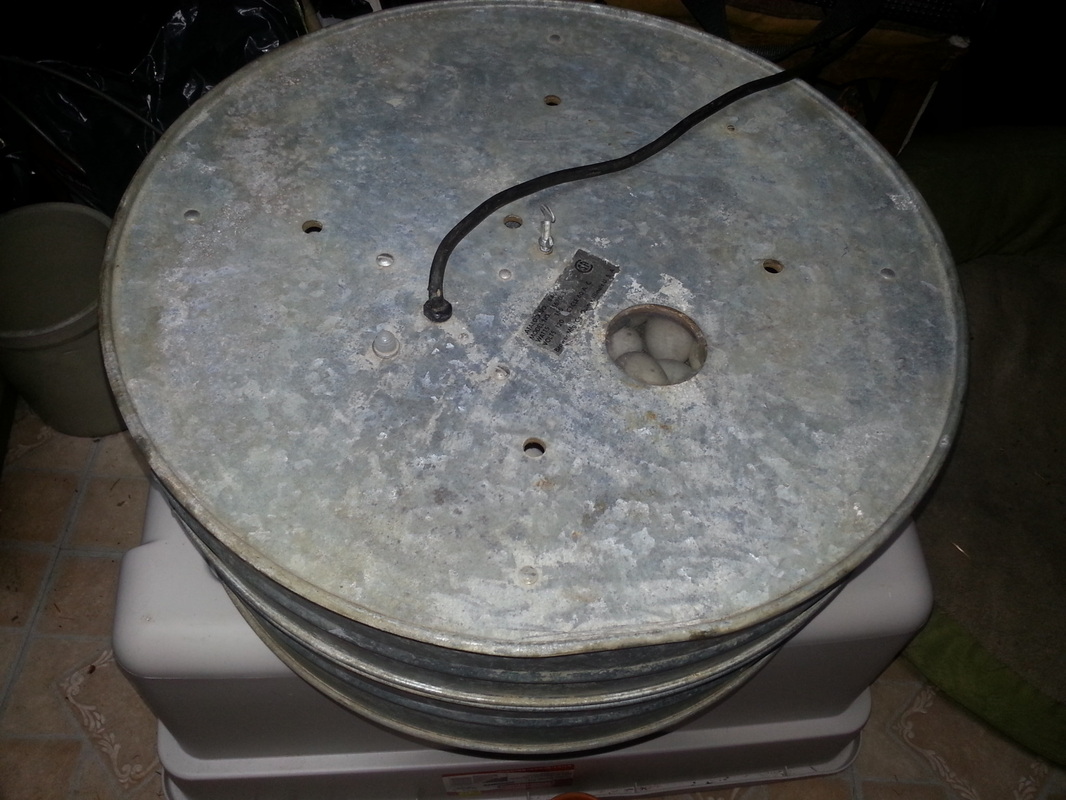
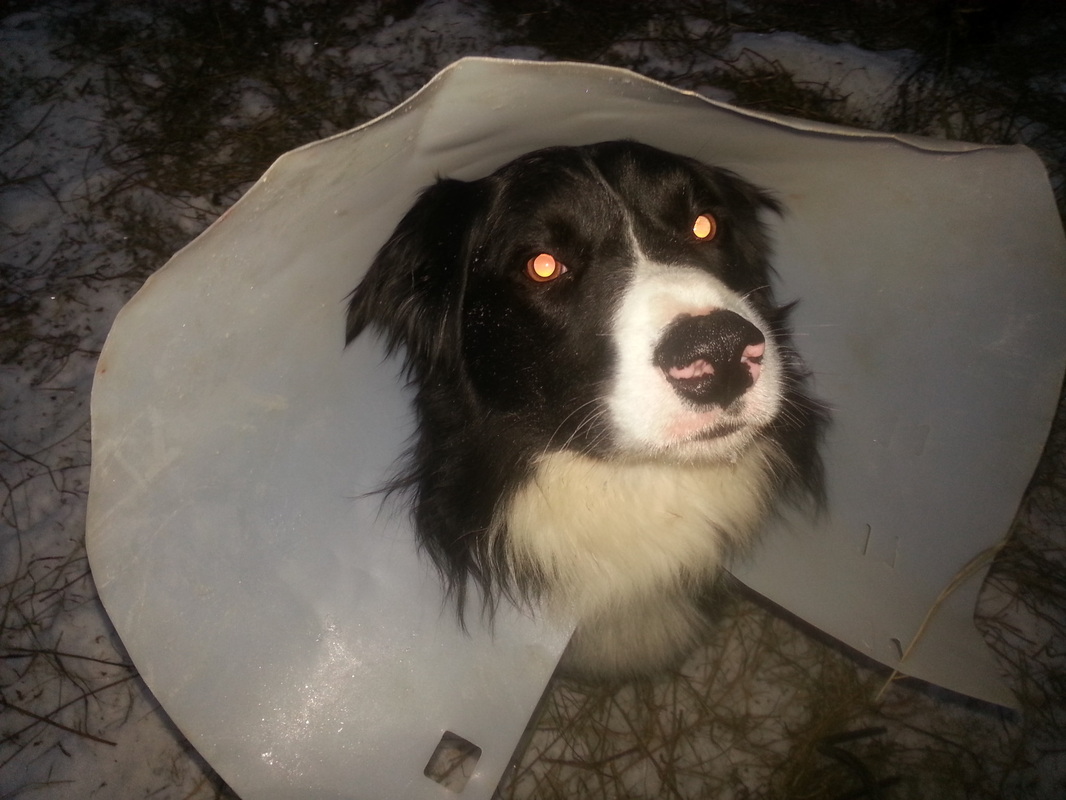
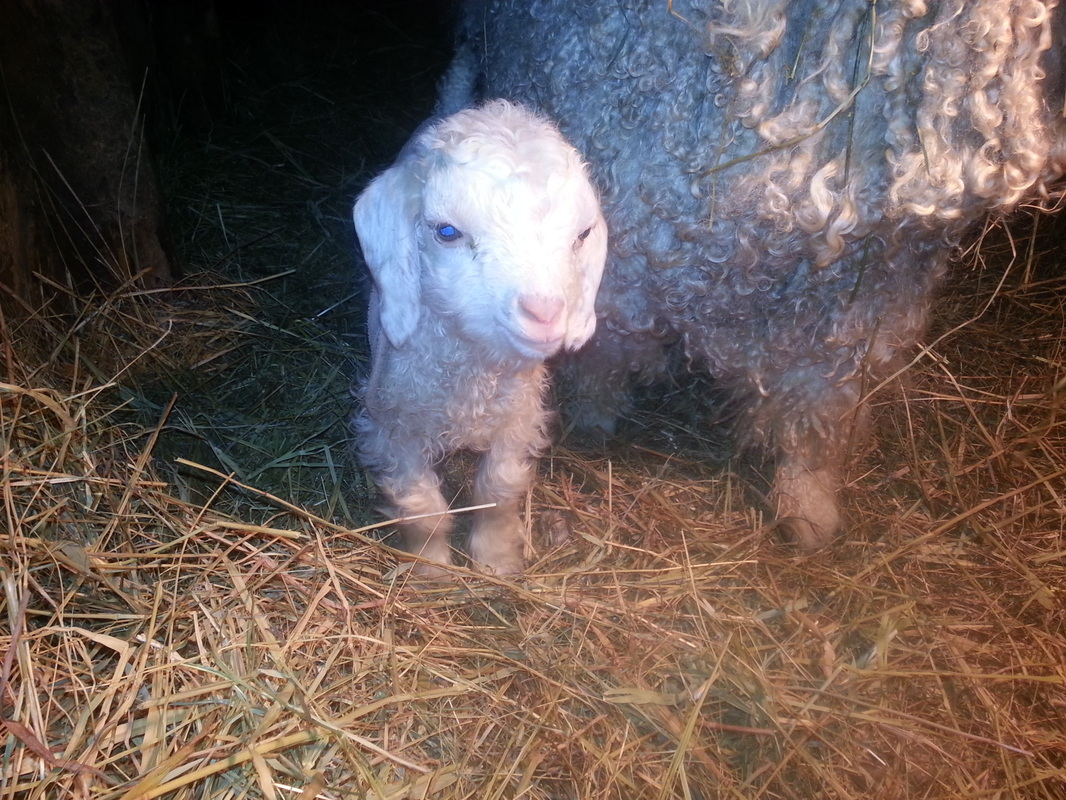
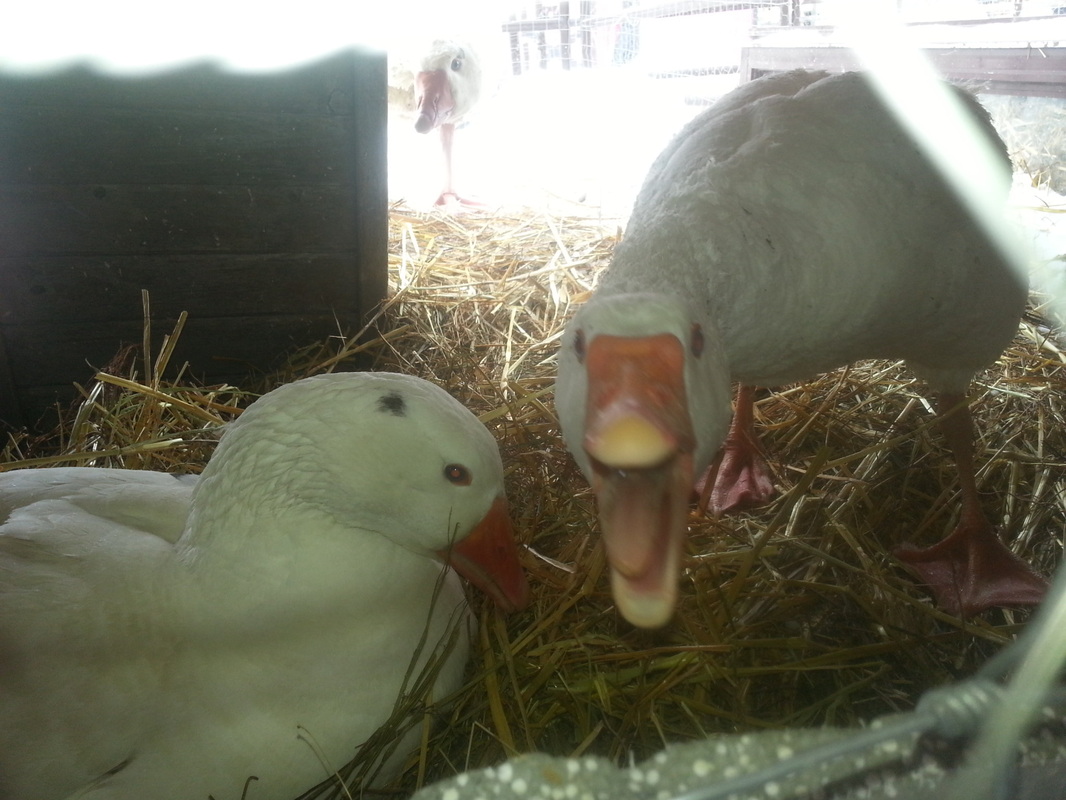
 RSS Feed
RSS Feed